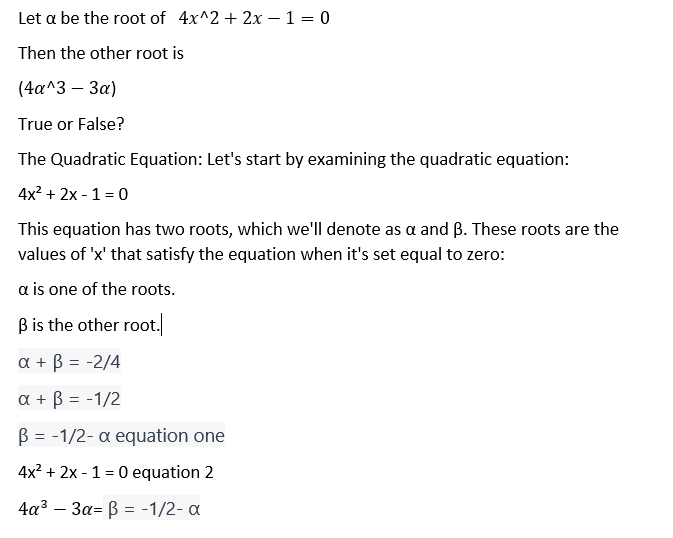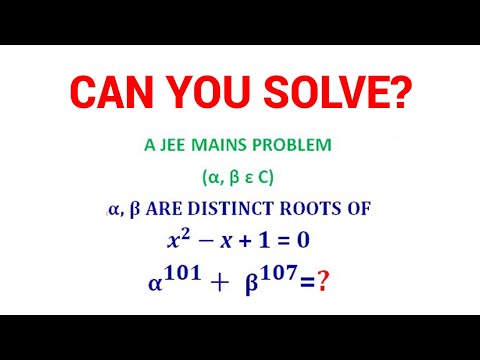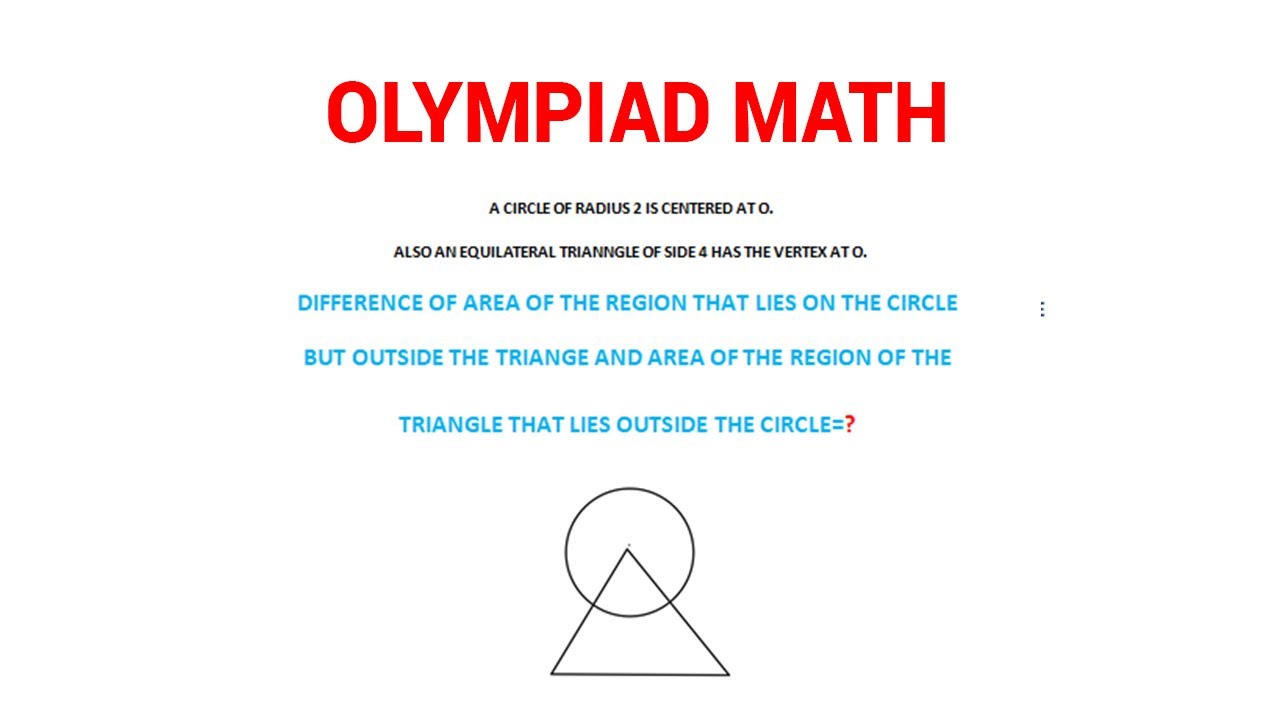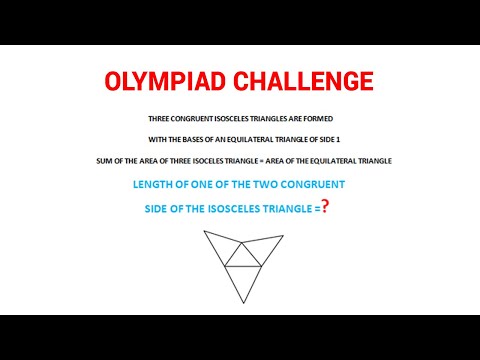Quadratic equations are an essential topic in mathematics, and they often appear in various scientific and engineering applications. A quadratic equation takes the form ax² + bx + c = 0, where ‘a,’ ‘b,’ and ‘c’ are constants, and ‘x’ represents the variable. The solutions to this equation are the roots, and they hold vital information about the equation’s behavior. In this blog, we will explore a quadratic equation, 4x² + 2x – 1 = 0, and delve into the intriguing relationship between its roots, α and (4α³ – 3α).
Solution:

For a complete solution, watch the above video:
Conclusion:
In this exploration of the quadratic equation 4x² + 2x – 1 = 0 and the relationship between its roots α and β, we’ve uncovered a potentially intriguing connection. By utilizing Vieta’s formulas, we have set the stage for examining whether β is indeed equal to (4α³ – 3α). The determination of this relationship depends on the solutions of the cubic equation 4α³ – 3α + 1/4 = 0. Whether true or false, this investigation highlights the fascinating interplay between equations, roots, and mathematical relationships in the world of mathematics.



